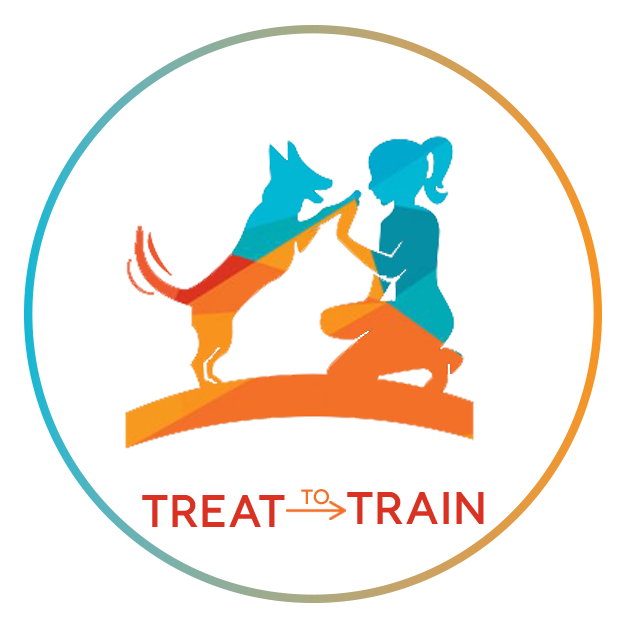Crate Rest Survival Guide using Enrichment
Important notes:
Clear activities with your veterinarian or veterinary physiotherapist before attempting any of the activities. Your dog’s welfare should be most important.
Not all activities will be enriching for every dog. Different breeds may find different activities enriching and, in addition, different individuals may find different activities enriching. Adjust the activities to suit your individual dog.
Crate Rest
Dogs may need crate rest or room rest to recover from surgery and/or injury. The main aim of this is to limit any over-exciting activity which could be detrimental to recovery.
This can be a stressful time for dogs and owners alike. Such situations may be especially challenging for puppies or very young, high-energy dogs. One way to make the recovery period less frustrating and stressful is to include enrichment in your dog’s daily routine. Including it at the same times every day can also increase effectiveness.
*Please remember that these are general ideas, not all may work for your dog or be safe for them. Please consult your veterinarian before attempting any such activities.
What and why of enrichment:
Enrichment encourages good mental health by promoting a range of normal species-specific behaviours (both genetic and behavioural) that a dog finds rewarding. In addition, it allows them to respond positively to things that may be stress inducing, particularly because they have choice and control. Good mental health means your dog may be less aggressive, anxious, fearful, bored and/or frustrated.
There are five enrichment categories that are most often mentioned: sensory, social, environmental, cognitive and food based. Many of these ideas I mention below fall into more than one category, but I have done my best to group them.
Sensory Enrichment:
The is stimulating your dog’s senses (see, hear, touch, smell and taste). A dog’s sense of smell is a major way in which they take in information about the environment. The more they sniff, the more optimistic they will be.
Some ideas:
1. Diffusing Adaptil in the room.
2. Spraying low concentrations of dog friendly essential oils: Essential oils like lavender may also be calming.
3. Introduce a variety of different foods with different textures e.g., mashed pumpkin vs. larger cut-up pumpkin pieces.
4. Bring in smells from outside: Collected leaf litter from a park can be put in boxes. Buy animal urine from a local hunting shop.
5. Walk on different surfaces e.g., concrete, carpet etc.
Food-based enrichment:
This type of enrichment focuses on presenting food in a way that is more challenging. All animals have evolved by “working for their food”. Many animals enjoy this so much that they start to ignore food that is freely available and instead choose to work for their food.
1. Food puzzles: although food puzzles are largely cognitive enrichment, I have included it here: Stuffable toys like Kong or K9 connectables, Licki mats, Snufflemat, DIY enrichment puzzles e.g. food hidden in a towel or empty egg carton, freezing food pieces in ice blocks and scatterfeeding
2. Novel food items
3. Food items presented in a novel way e.g. raw vs. cooked
Environmental enrichment:
This is where your dog’s environment is altered to stimulate exploring and information collection. With this one, it is especially important to work at the level your dog is at. With dogs that are anxious, this may not be the best thing to do as it may increase anxiety. For some dogs, minimizing disturbances may be best.
1. Moving their crate to a different room or having different crates set up in different areas of the house or even outside if your dog is ok with watching the world. Always make sure that they are comfortable with where their crate is stationed.
Social Enrichment:
This is interactions with other dogs, humans or other animals.
1. Play (if safe)
2. Tellington ttouch
3. Simply being together with each other
Cognitive enrichment:
This is “cognitive and mental stimulation that requires problem-solving of different levels of complexity”. This category includes toys, novel items and food puzzles. For most dogs on crate rest, it is better to completely ditch the bowl and only feed from puzzle feeders. I have included training in this category although it does fall under social enrichment as well.
1. Training: Scentwork, crate training, exercises from veterinary physiotherapist, cooperative care trick training, muzzle training, relaxation exercises


